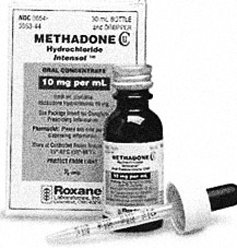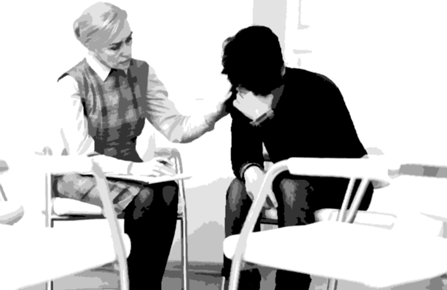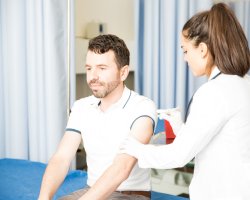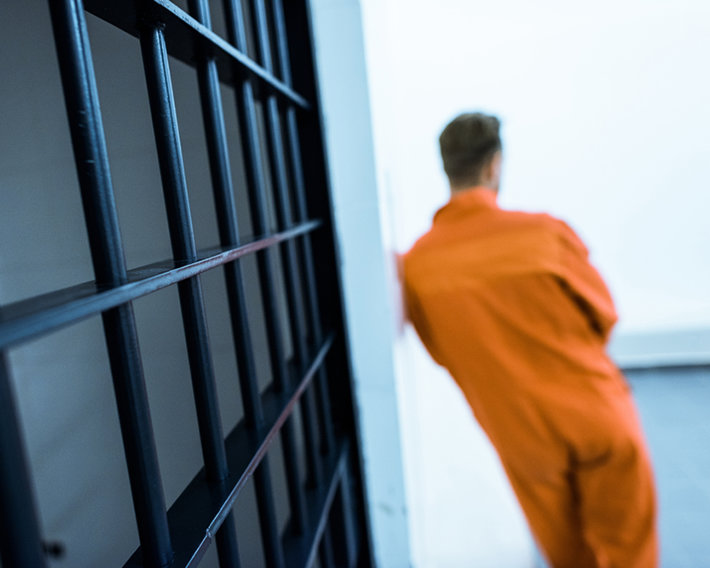The Full Spectrum of Care for the Addicted
In the world of addiction treatment, there is a full spectrum of care available, a spectrum that extends from a program that tries to prevent harm as you continue to use drugs, all the way to programs with the goal of restoring the ability to live a fully drug-free life. When you are choosing care for an addicted loved one, you should understand where a service you are considering fits into this spectrum.
At one end, the spectrum starts with “harm reduction.” Harm reduction involves various measures intended to reduce the damage of using drugs. Those espousing harm reduction don’t try to get people to stop using drugs but rather use them more safely with minimal harm to themselves or others.
Harm reduction includes the following:
- Clean needle distribution
- Clean, safe injection rooms staffed with medical personnel
- Educating people on how to use drugs safely, without overdose or spreading disease
- Testing drugs to ensure they only contain the substance claimed
- Distributing naloxone so overdoses can be reversed
- Advocacy for drug users and the addicted
The activities and beliefs of harm reduction groups vary from one to the next, but in general, these groups focus on not making judgments about a person’s drug use but just try to help him (or her) make that choice with minimal harm.
What are some of the other choices that fill in the entire spectrum?
Medication-Assisted Treatment
While some people classify medication-assisted treatment (MAT) as a form of harm reduction, it’s also a system of treatment that may be administered as part of an inpatient program or without any additional aspects of treatment.
While there are many drugs that may be used for MAT, the most broadly used are methadone and buprenorphine. Methadone is handed out once a day to those enrolled in clinics dedicated to this purpose. Buprenorphine, often given in a formula brand-named Suboxone, can be administered as part of a rehab program or, as is mostly done, from doctor’s offices and medical clinics. All that has to be done is for the practitioner to complete an eight-hour online training course and apply to the Drug Enforcement Administration for permission.
Both these drugs are opioids and both are used as painkillers. The theory of giving these drugs to the addicted is that the addicted person has a chance to escape the risks of arrest or an overdose resulting from the unpredictable potency of heroin. Many people see an improvement in health and are more able to adopt a normal lifestyle rather than the chaos of having to chase the day’s pills or heroin.
The downside of these medications is that the individual is still affected by opioids. His physical health and mental and emotional well-being can’t fully bounce back from the effects of addictive drugs because he is, in fact, still addicted.

The use of methadone is often referred to as MMT—methadone maintenance treatment. Even the name refers to the fact that those on methadone will usually be kept on it indefinitely. Some people on methadone find that it satisfies their cravings for drugs. But other add opioids right on top of the methadone, searching for a high, or take up the use of another drug—a stimulant or marijuana, for example.
Different practitioners approach the administration of buprenorphine with different attitudes—there are some who use these drugs to wean a person off opioids over a period of weeks or a few months. But many doctors—perhaps those motivated more by their income than by helping people—plan to keep their patients on buprenorphine indefinitely.
Rehabs with Dual Diagnosis and Medication
Many of the rehabs across the country utilize a “dual diagnosis" as they treat a person’s addiction. A dual diagnosis is the diagnosis of a mental problem alongside the problem of substance abuse and addiction. For example, depression plus opioid addiction, or anxiety disorder and addiction to stimulants. It is common for programs utilizing a dual diagnosis to prescribe medication for the mental disorder, such as antidepressants or anti-psychotics.

Therefore, individuals in programs that utilize dual diagnoses often continue to be prescribed drugs, the same as people in MAT-based programs. Some of these drugs—such as benzodiazepines for anxiety—are themselves dangerously addictive.
Achieving 100 Percent Independence from Addictive Substances
There are a handful of drug rehab centers that focus purely on leading an individual back to a 100% addiction-free life. Around the world, dozens of Narconon drug rehab centers operate with this focus. Only healthy, natural means are used to help a person repair the damage done to body, mind and spirit. A carefully-designed program of vitamins and minerals ease a person through withdrawal and then help them flush old, toxic drug and alcohol residues out of their bodies. This deep detox has helped many people reduce or even overcome their cravings. This gives them greater freedom to begin creating a new future.

The Narconon program then builds in the new abilities and life skills that are needed to prevent relapse. The goal of the Narconon drug rehab program is the abilities to remain abstinent and enjoy a productive life once again.
Every drug treatment or rehab center fits somewhere on this spectrum of care for the addicted. Narconon drug rehab staff are very proud of their focus on restoring each individual to their ability to enjoy life fully drug and addiction-free.
If this is the care you are looking for to help someone you love, call Narconon International today to learn more. Call now.
REFERENCE LINKS
- https://www.healthlinkbc.ca/healthlinkbc-files/substance-use-harm-reduction
- https://newseason.com/treatment/medication-assisted-treatment/
- https://www.porticonetwork.ca/web/knowledgex-archive/amh-specialists/overview-mmt
- http://www.buppractice.com/node/4880
- https://medlineplus.gov/dualdiagnosis.html


 ®
®